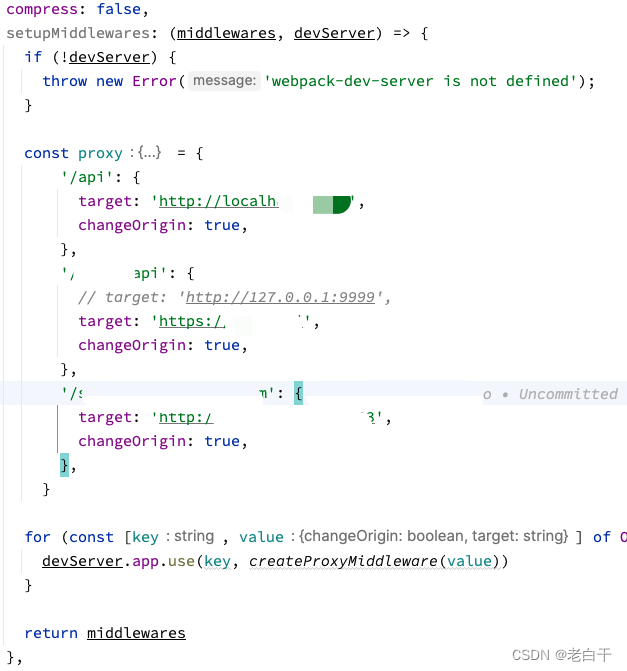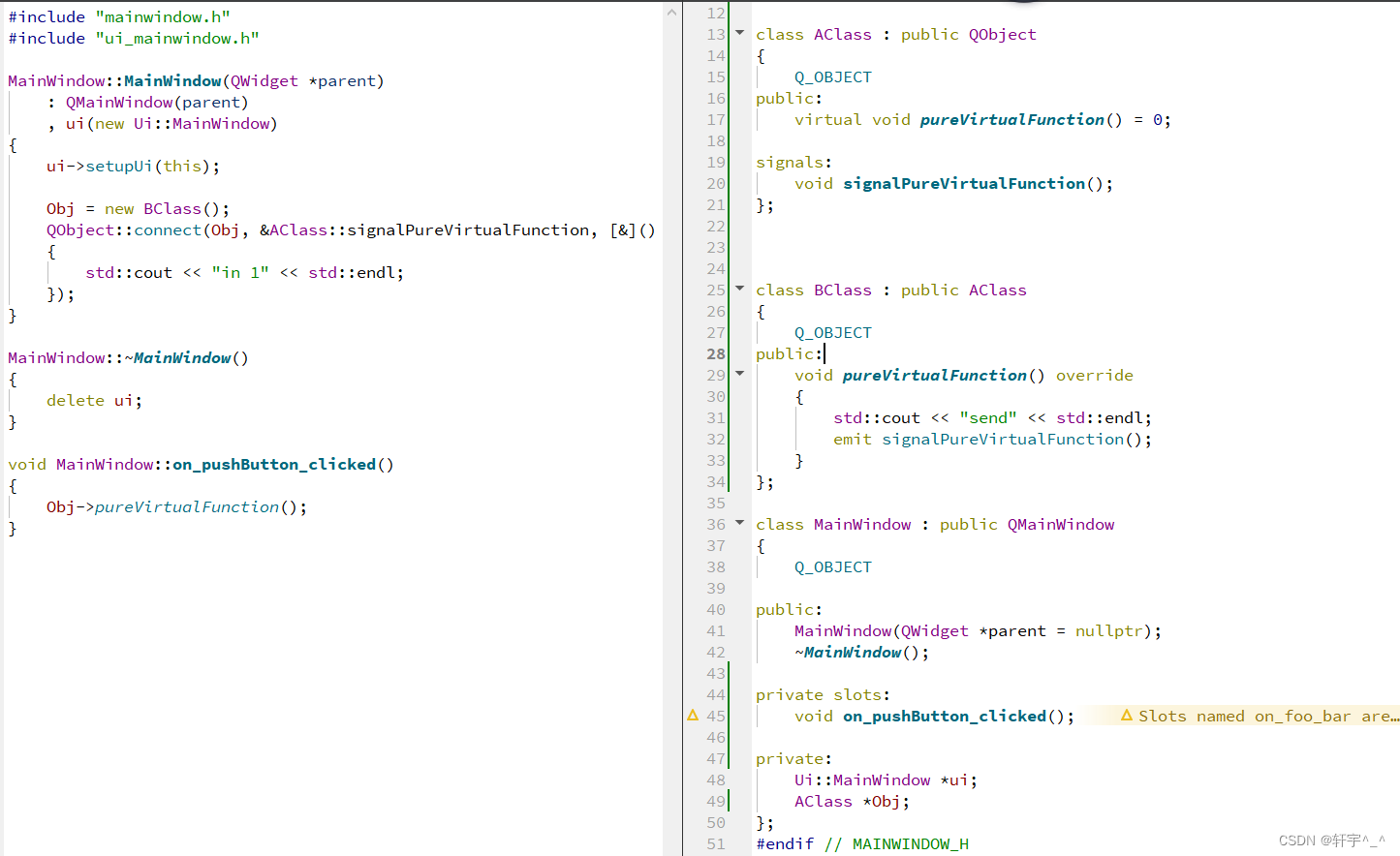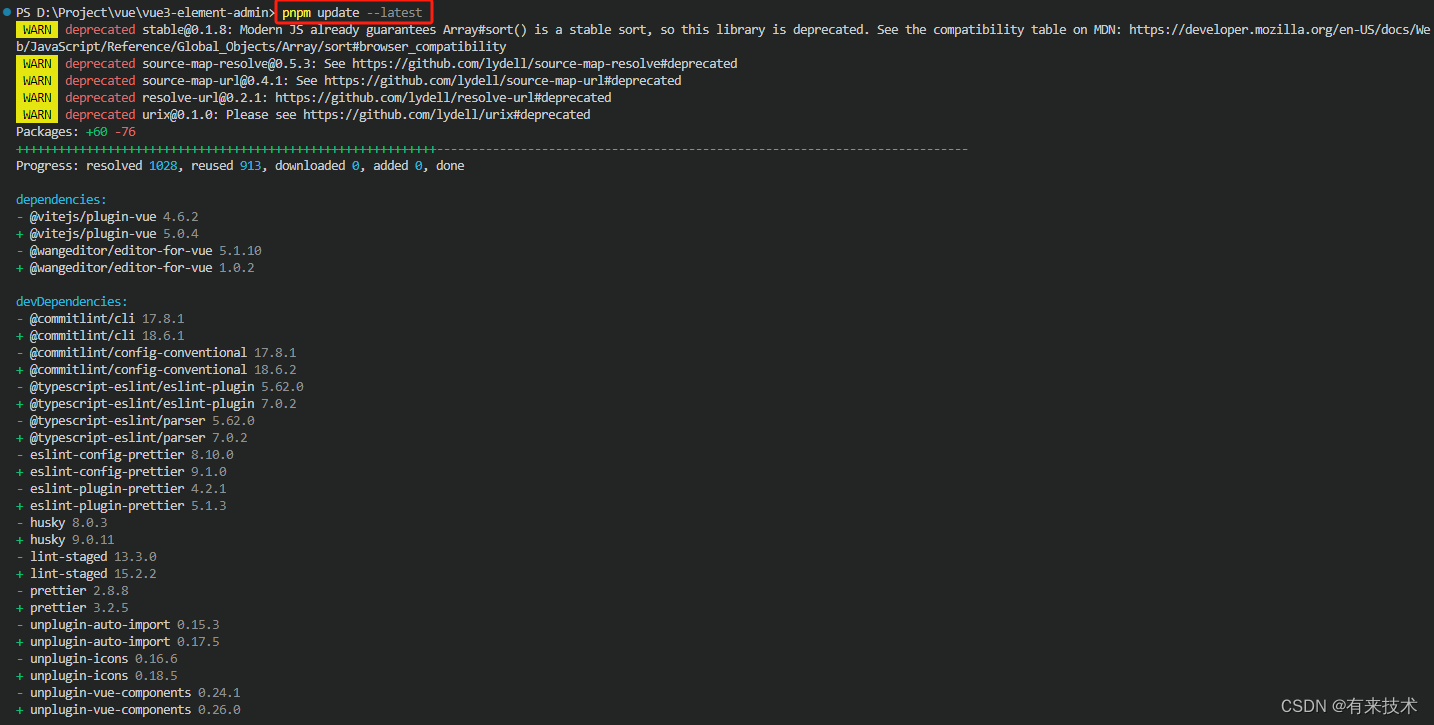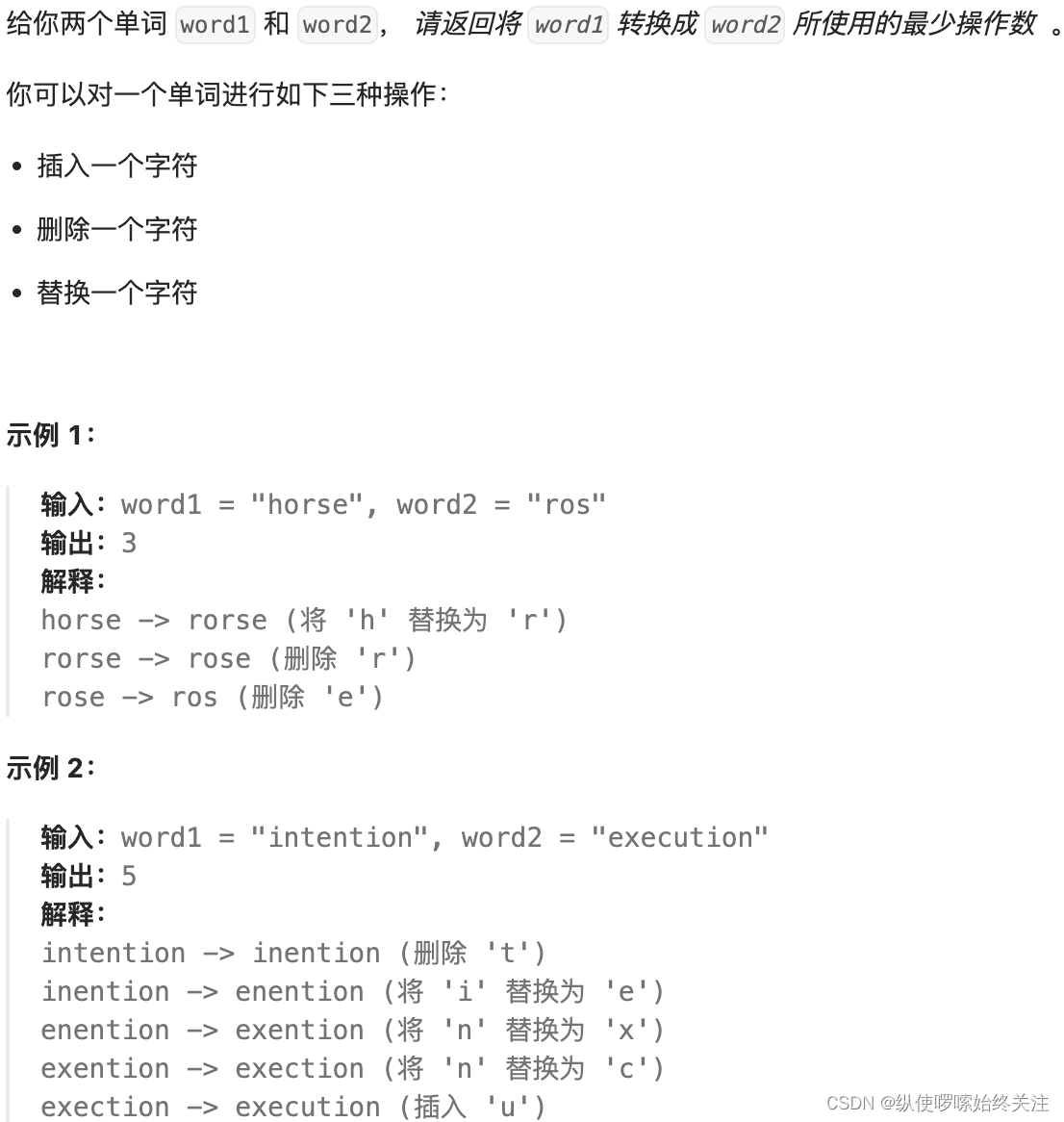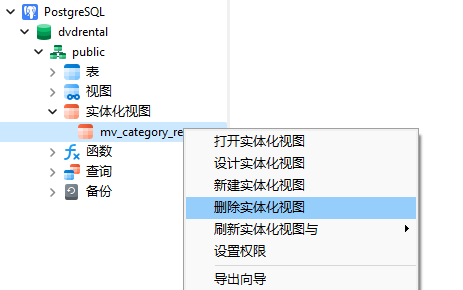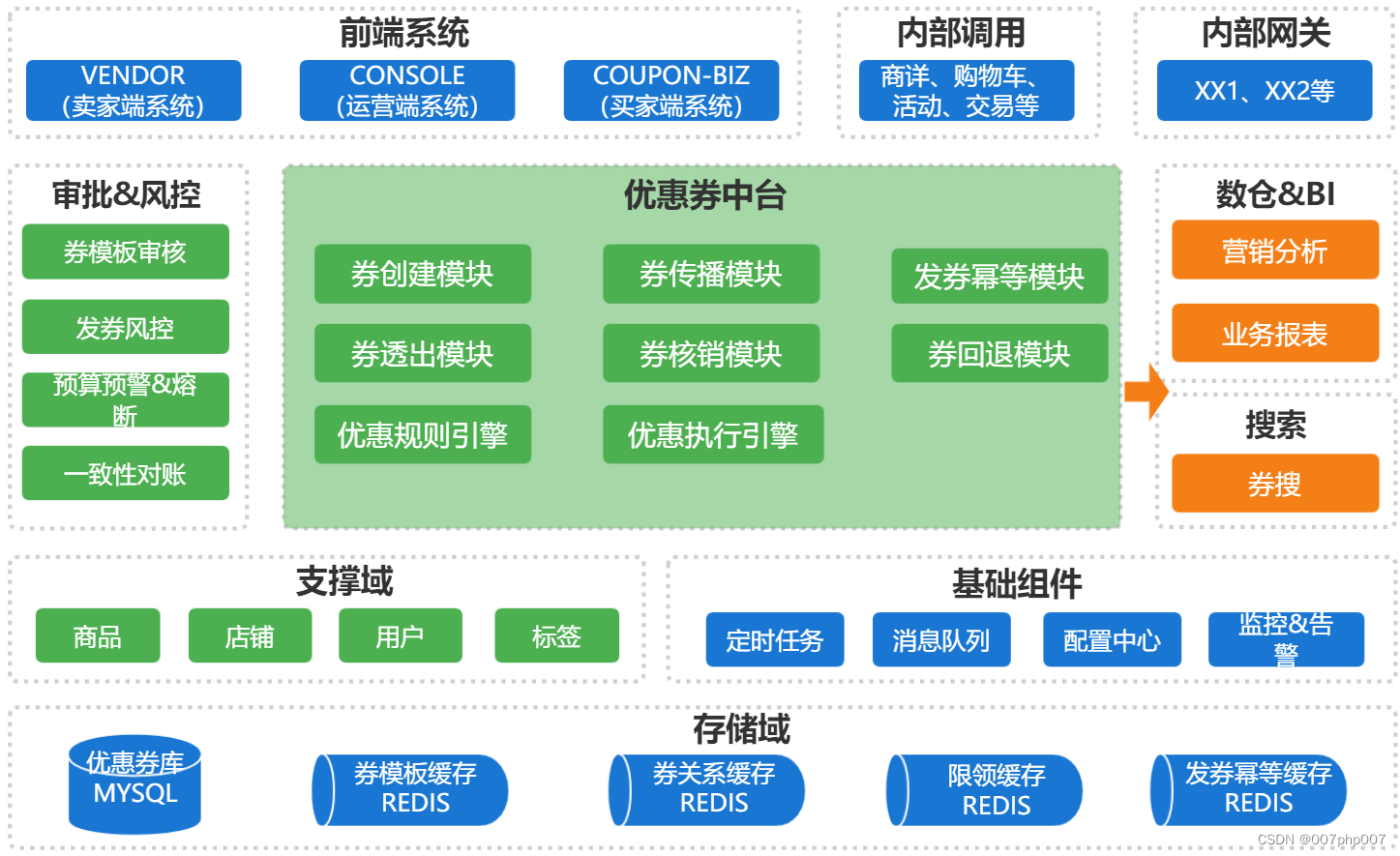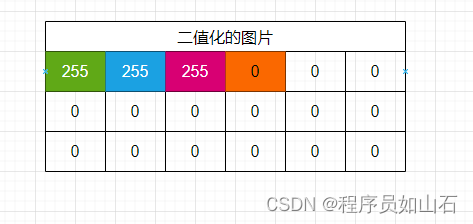《剑指Offer》笔记&题解&思路&技巧&优化_Part_6
- 😍😍😍 相知
- 🙌🙌🙌 相识
- 😢😢😢 开始刷题
- 🟡1.LCR 168. 丑数—— 丑数
- 🟢2. LCR 169. 招式拆解 II——第一个只出现一次的字符
- 🔴3. LCR 170. 交易逆序对的总数——数组中的逆序对
- 🟢4. LCR 171. 训练计划 V——两个链表的第一个公共节点
- 🟢5. LCR 172. 统计目标成绩的出现次数——在排序数组中查找数字
- 🟢6. LCR 173. 点名——0~ n-1中缺失的数字
- 🟢7. LCR 174. 寻找二叉搜索树中的目标节点——二叉搜索树的第k大节点
- 🟢8. LCR 175. 计算二叉树的深度——二叉树的深度
- 🟢9. LCR 176. 判断是否为平衡二叉树——平衡二叉树
- 🟡10. LCR 177. 撞色搭配——数组中数字出现的次数I
- 🟡11. LCR 178. 训练计划 VI——数组中数字出现的次数II

😍😍😍 相知
刷题不要一上来就直接干,先看题,明白题说的什么意思,然后想一下用什么现成的算法和数据结构可以快速解决,如果还是无从下手,建议先去看视频,不要直接翻评论或官方代码实现,看完视频,自己在idea中模拟敲几遍代码,如果跑通了,先别急着上leetcode黏贴,而是再回顾一下要点,然后确定自己完全懂了后,在leetcode中手敲,注意是手敲下来!!! 目前我就是采用的这种方法,虽然慢,但是可以维持一周忘不掉它,如果要想长期不忘,只能隔段时间就review一下了,就算是大牛,知道方法,长时间不碰,也不可能保证一次到位把代码敲完一遍过!!!
这是我上一篇博客的,也希望大家多多关注!
- 《剑指Offer》笔记&题解&思路&技巧&优化 Java版本——新版leetcode_Part_1
- 《剑指Offer》笔记&题解&思路&技巧&优化 Java版本——新版leetcode_Part_2
- 《剑指Offer》笔记&题解&思路&技巧&优化 Java版本——新版leetcode_Part_3
- 《剑指Offer》笔记&题解&思路&技巧&优化 Java版本——新版leetcode_Part_4
- 《剑指Offer》笔记&题解&思路&技巧&优化 Java版本——新版leetcode_Part_5
🙌🙌🙌 相识
根据题型可将其分为这样几种类型:
- 结构概念类(数组,链表,栈,堆,队列,树)
- 搜索遍历类(深度优先搜索,广度优先搜索,二分遍历)
- 双指针定位类(快慢指针,指针碰撞,滑动窗口)
- 排序类(快速排序,归并排序)
- 数学推理类(动态规划,数学)
😢😢😢 开始刷题
🟡1.LCR 168. 丑数—— 丑数
题目跳转:https://leetcode.cn/problems/chou-shu-lcof/description/
class Solution {
public int nthUglyNumber(int n) {
if (n <= 0)
return -1;
int[] dp = new int[n];
dp[0] = 1;
int id2 = 0, id3 = 0, id5 = 0;
for (int i = 1; i < n; i++) {
dp[i] = Math.min(dp[id2] * 2, Math.min(dp[id3] *3, dp[id5] * 5));
// 这里不用else if的原因是有可能id2(3) * 2 == id3(2) * 3
// 这种情况两个指针都要后移
if (dp[id2] * 2 == dp[i])
id2 += 1;
if (dp[id3] * 3 == dp[i])
id3 += 1;
if (dp[id5] * 5 == dp[i])
id5 += 1;
}
return dp[n - 1];
}
}
🟢2. LCR 169. 招式拆解 II——第一个只出现一次的字符
题目跳转:https://leetcode.cn/problems/di-yi-ge-zhi-chu-xian-yi-ci-de-zi-fu-lcof/description/
class Solution {
public char dismantlingAction(String arr) {
if(arr.length()==0) return ' ';
if(arr.length()==1) return arr.charAt(0);
int [] array =new int[26];
for(int i = 0;i<arr.length();i++){
array[arr.charAt(i)-'a']++;
}
for(int i = 0;i<arr.length();i++){
if(array[arr.charAt(i)-'a']==1)return arr.charAt(i);
}
return ' ';
}
}
🔴3. LCR 170. 交易逆序对的总数——数组中的逆序对
题目跳转:https://leetcode.cn/problems/shu-zu-zhong-de-ni-xu-dui-lcof/description/
冒泡排序
每检查一次交换一次 就可以产生一次逆序对
归并排序

class Solution {
public int reversePairs(int[] nums) {
if(nums == null || nums.length <= 1){
return 0;
}
return mergeSort(nums, 0, nums.length - 1);
}
int mergeSort(int[] nums, int left, int right){
if(left >= right){
return 0;
}
int mid = (right - left) / 2 + left;
int x1 = mergeSort(nums, left, mid);
int x2 = mergeSort(nums, mid + 1, right);
int x3 = merge(nums, left, mid, mid+1, right);
return x1 + x2 + x3;
}
int merge(int[] nums, int l1, int r1, int l2, int r2){
int[] temp = new int[r2 - l1 + 1];
int count = 0;
int i = l1, j = l2, k = 0;
while(i <= r1 && j <= r2){
if(nums[i] > nums[j]){
count = count + (l2 - i);
temp[k++] = nums[j++];
}else{
temp[k++] = nums[i++];
}
}
while(i <= r1) temp[k++] = nums[i++];
while(j <= r2) temp[k++] = nums[j++];
// 把临时数组复制回原数组
k = 0;
for(i = l1; i <= r2; i++){
nums[i] = temp[k++];
}
return count;
}
}
🟢4. LCR 171. 训练计划 V——两个链表的第一个公共节点
题目跳转:https://leetcode.cn/problems/liang-ge-lian-biao-de-di-yi-ge-gong-gong-jie-dian-lcof/description/
/**
* Definition for singly-linked list.
* public class ListNode {
* int val;
* ListNode next;
* ListNode(int x) {
* val = x;
* next = null;
* }
* }
*/
class Solution {
ListNode getIntersectionNode(ListNode headA, ListNode headB) {
if(headA==null||headB==null)return null;
ListNode tempA = headA;
ListNode tempB = headB;
boolean a = false;
boolean b = false;
while(tempA!=tempB){
if(tempA.next==null){
tempA = headB;
if(a)return null;
a = true;
}
else{
tempA = tempA.next;
}
if(tempB.next==null){
tempB = headA;
if(b)return null;
b = true;
}
else{
tempB = tempB.next;
}
}
return tempA;
}
}
原来不会死循环
public ListNode getIntersectionNode(ListNode headA, ListNode headB) {
ListNode h1 = headA, h2 = headB;
while (h1 != h2) {
h1 = h1 == null ? headB : h1.next;
h2 = h2 == null ? headA : h2.next;
}
return h1;
}
🟢5. LCR 172. 统计目标成绩的出现次数——在排序数组中查找数字
题目跳转:https://leetcode.cn/problems/zai-pai-xu-shu-zu-zhong-cha-zhao-shu-zi-lcof/description/
二分查找
class Solution {
public int countTarget(int[] scores, int target) {
int left = 0;
int right = scores.length-1;
int mid = 0;
int conut = 0;
while(left<right){
mid = (right-left)/2+left;
if(target <= scores[mid]) right = mid;
else left = mid+1;
}
while(left<scores.length&&scores[left++]==target)conut++;
return conut;
}
}
🟢6. LCR 173. 点名——0~ n-1中缺失的数字
题目跳转:https://leetcode.cn/problems/que-shi-de-shu-zi-lcof/description/
位运算
class Solution {
public int takeAttendance(int[] records) {
if(records[records.length-1]==records.length-1) return records.length;
int result = 0;
for(int i = 0;i<records.length;i++){
result ^=records[i];
result ^=i;
}
result^=records.length;
return result;
}
}
二分查找
class Solution {
public int takeAttendance(int[] records) {
if(records[records.length-1]==records.length-1) return records.length;
int left = 0;
int right =records.length-1;
while(left<right){
int mid = (right-left)/2 +left;
if(records[mid]==mid){
left = mid+1;
}
else{
right = mid;
}
}
return left;
}
}
🟢7. LCR 174. 寻找二叉搜索树中的目标节点——二叉搜索树的第k大节点
题目跳转:https://leetcode.cn/problems/er-cha-sou-suo-shu-de-di-kda-jie-dian-lcof/description/
作为一个普通人,我来分析下这题。
- 假设,你花了点时间,练习了二叉树的三种遍历方式: a. 前序遍历 b. 中序遍历 c. 后续遍历
- 你也学习了二叉搜索树,深入研究了二叉树搜索树的特性,并且深刻知道二叉搜索树的一个特性:通过中序遍历所得到的序列,就是有序的。
好,有了以上两点知识,我认为你必须能想到(如果想不到,以上两点知识肯定没有学扎实):中序遍历二叉搜索树,遍历的同时,把遍历到的节点存到一个可变数组里(Java的话,可以用ArrayList)。 思路转化为代码,如下:
class Solution {
public int findTargetNode(TreeNode root, int cnt) {
if(root==null)return -1;
if(root.left==null&root.right==null)return root.val;
ArrayList<Integer> list = new ArrayList<>();
dfs(root,list);
return list.get(list.size()-cnt);
}
public void dfs(TreeNode root,ArrayList<Integer> list){
if(root==null)return;
if(root.left==null&root.right==null){
list.add(root.val);
return ;
}
if(root.left!=null)dfs(root.left,list);
list.add(root.val);
if(root.right!=null)dfs(root.right,list);
}
}
class Solution {
public int findTargetNode(TreeNode root, int cnt) {
if(root==null)return -1;
if(root.left==null&root.right==null)return root.val;
ArrayList<Integer> list = new ArrayList<>();
Stack<TreeNode> stack = new Stack<>();
stack.push(root);
while(!stack.isEmpty()){
TreeNode temp = stack.peek();
if(temp==null){
stack.pop();
list.add(stack.pop().val);
}
else{
stack.pop();
if(temp.right!=null) stack.push(temp.right);
stack.push(temp);
stack.push(null);
if(temp.left!=null)stack.push(temp.left);
}
}
return list.get(list.size()-cnt);
}
}
🟢8. LCR 175. 计算二叉树的深度——二叉树的深度
题目跳转:https://leetcode.cn/problems/er-cha-shu-de-shen-du-lcof/description/
class Solution {
int max = 0;
public int calculateDepth(TreeNode root) {
int deep = 0;
max = dfs(root,deep);
return max;
}
public int dfs(TreeNode root,int num){
if(root==null)return num;
if(root.left==null&root.right==null){
return num+1;
}
if(root.left!=null) max = Math.max(max,dfs(root.left,num+1));
if(root.right!=null) max = Math.max(max,dfs(root.right,num+1));
return max;
}
}
class Solution {
public int calculateDepth(TreeNode root) {
int max = 0;
if(root ==null)return 0;
if(root.left == null&&root.right == null)return 1;
Queue<TreeNode> queue = new LinkedList<>();
queue.add(root);
queue.add(null);
while(!queue.isEmpty()){
TreeNode temp = queue.poll();
if(temp==null){
max++;
if(!queue.isEmpty())queue.add(null);
}
else{
if(temp.right!=null) queue.add(temp.right);
if(temp.left!=null)queue.add(temp.left);
}
}
return max;
}
}
🟢9. LCR 176. 判断是否为平衡二叉树——平衡二叉树
题目跳转:https://leetcode.cn/problems/ping-heng-er-cha-shu-lcof/description/
/**
* Definition for a binary tree node.
* public class TreeNode {
* int val;
* TreeNode left;
* TreeNode right;
* TreeNode() {}
* TreeNode(int val) { this.val = val; }
* TreeNode(int val, TreeNode left, TreeNode right) {
* this.val = val;
* this.left = left;
* this.right = right;
* }
* }
*/
class Solution {
public boolean isBalanced(TreeNode root) {
if(root==null) return true;
if(root.left==null&&root.right==null)return true;
if(Math.abs(getHigh(root.left)-getHigh(root.right))<=1){
return isBalanced(root.left)&&isBalanced(root.right);
}
return false;
}
public int getHigh(TreeNode root)
{
if(root==null) return 0;
return Math.max(getHigh(root.left),getHigh(root.right))+1;
}
}
🟡10. LCR 177. 撞色搭配——数组中数字出现的次数I
题目跳转:https://leetcode.cn/problems/shu-zu-zhong-shu-zi-chu-xian-de-ci-shu-lcof/description/
相同的数异或为0,不同的异或为1。0和任何数异或等于这个数本身。
所以,数组里面所有数异或 = 目标两个数异或 。 由于这两个数不同,所以异或结果必然不为0。
假设数组异或的二进制结果为10010,那么说明这两个数从右向左数第2位是不同的
那么可以根据数组里面所有数的第二位为0或者1将数组划分为2个。
这样做可以将目标数必然分散在不同的数组中,而且相同的数必然落在同一个数组中。
这两个数组里面的数各自进行异或,得到的结果就是答案

class Solution {
public int[] sockCollocation(int[] nums) {
int x = 0; // 用于记录 A B 的异或结果
/** 得到A^B的结果
基于异或运算的以下几个性质
1. 交换律
2. 结合律
3. 对于任何数x,都有x^x=0,x^0=x
*/
for (int val : nums) x ^= val;
// x & (-x)本身的作用是得到最低位的1,
int flag = x & (-x);
// 而我们所需要的做到的是:利用这个1来进行分组,也就是做到将A和B区分开
// 前面已经知道,x是我们需要的结果数A和B相异或的结果,也就是说,x的二进制串上的任何一个1,都能成为区分A和B的条件
// 因此我们只需要得到x上的任意一个1,就可以做到将A和B区分开来
int res = 0; // 用于记录A或B其中一者
// 分组操作
for (int val : nums) {
// 根据二进制位上的那个“1”进行分组
// 需要注意的是,分组的结果必然是相同的数在相同的组,且还有一个结果数
// 因此每组的数再与res=0一路异或下去,最终会得到那个结果数A或B
// 且由于异或运算具有自反性,因此只需得到其中一个数即可
if ((flag & val) != 0) {
res ^= val;
}
}
// 利用先前的x进行异或运算得到另一个,即利用自反性
return new int[] {res, x ^ res};
}
}
🟡11. LCR 178. 训练计划 VI——数组中数字出现的次数II
题目跳转:https://leetcode.cn/problems/shu-zu-zhong-shu-zi-chu-xian-de-ci-shu-ii-lcof/description/
排序
class Solution {
public int trainingPlan(int[] actions) {
int n = actions.length;
Arrays.sort(actions);
for(int i = 0;i<n-1;i = i+3){
if(actions[i]!=actions[i+2])
{
return actions[i];
}
}
return actions[n-1];
}
}
哈希表
class Solution {
public int singleNumber(int[] actions) {
HashMap<Integer, Integer> map = new HashMap<>();
for (int number : actions) map.put(number, map.getOrDefault(number, 0) + 1);
for (int number : map.keySet()) if (map.get(number) == 1) return number;
return 0;
}
}
class Solution {
public int singleNumber(int[] nums) {
int[] res = new int[32];
int m = 1;
int sum = 0;
for(int i = 0; i < 32; i++){
for(int j = 0; j < nums.length; j++){
if((nums[j] & m) != 0){
res[i]++;
}
}
res[i] = res[i] % 3;
sum = sum + res[i] * m;
m = m << 1;
}
return sum;
}
}


